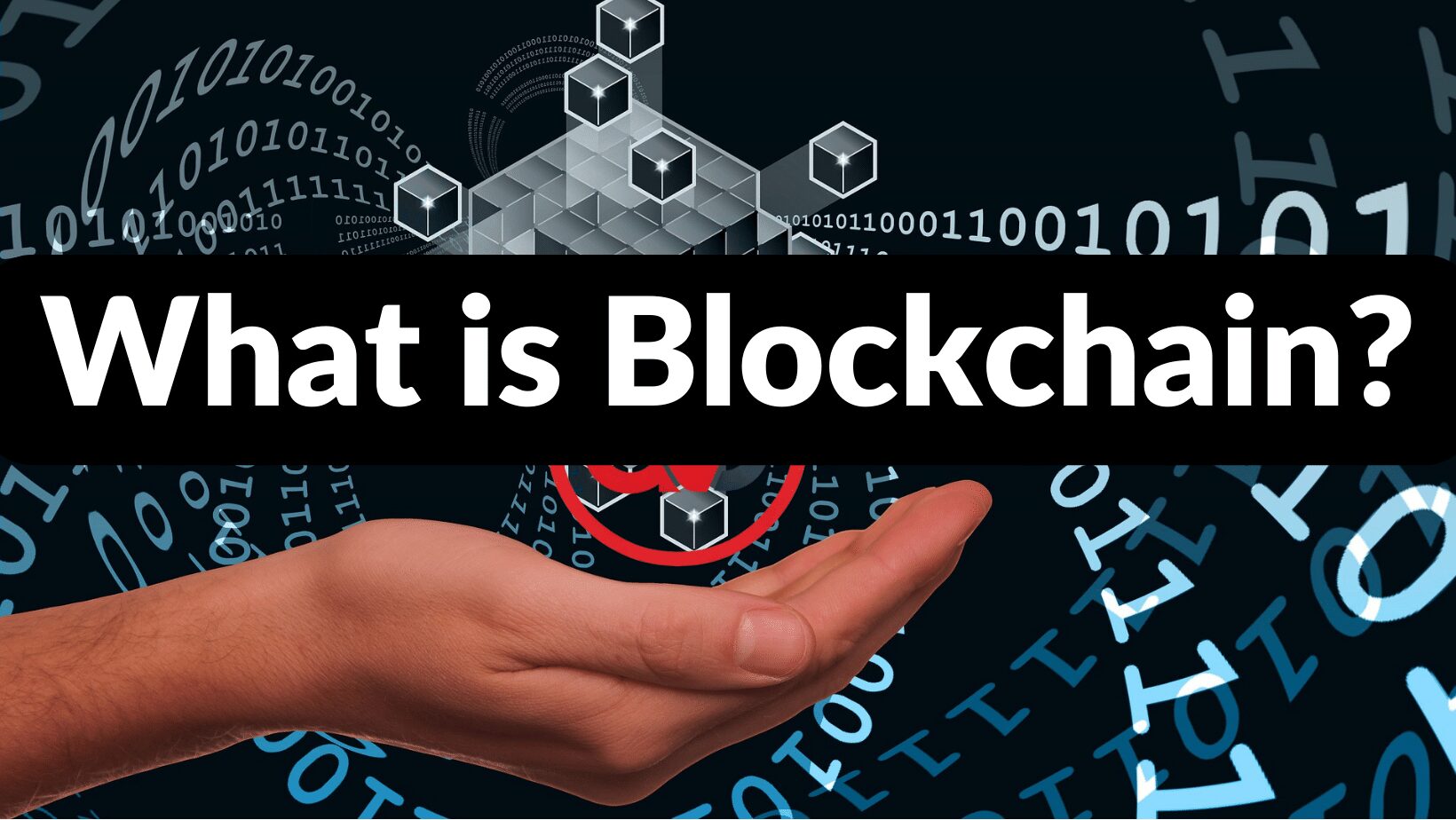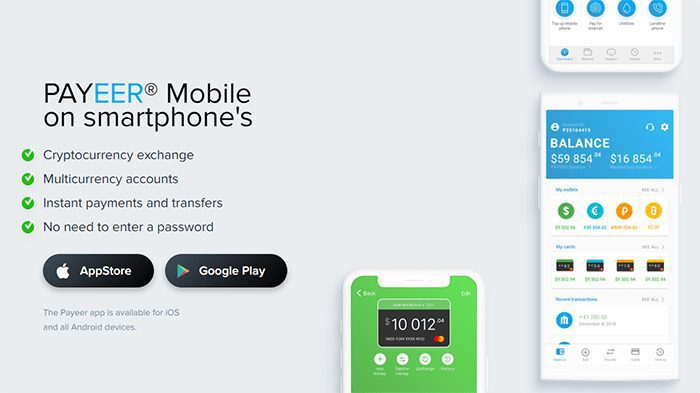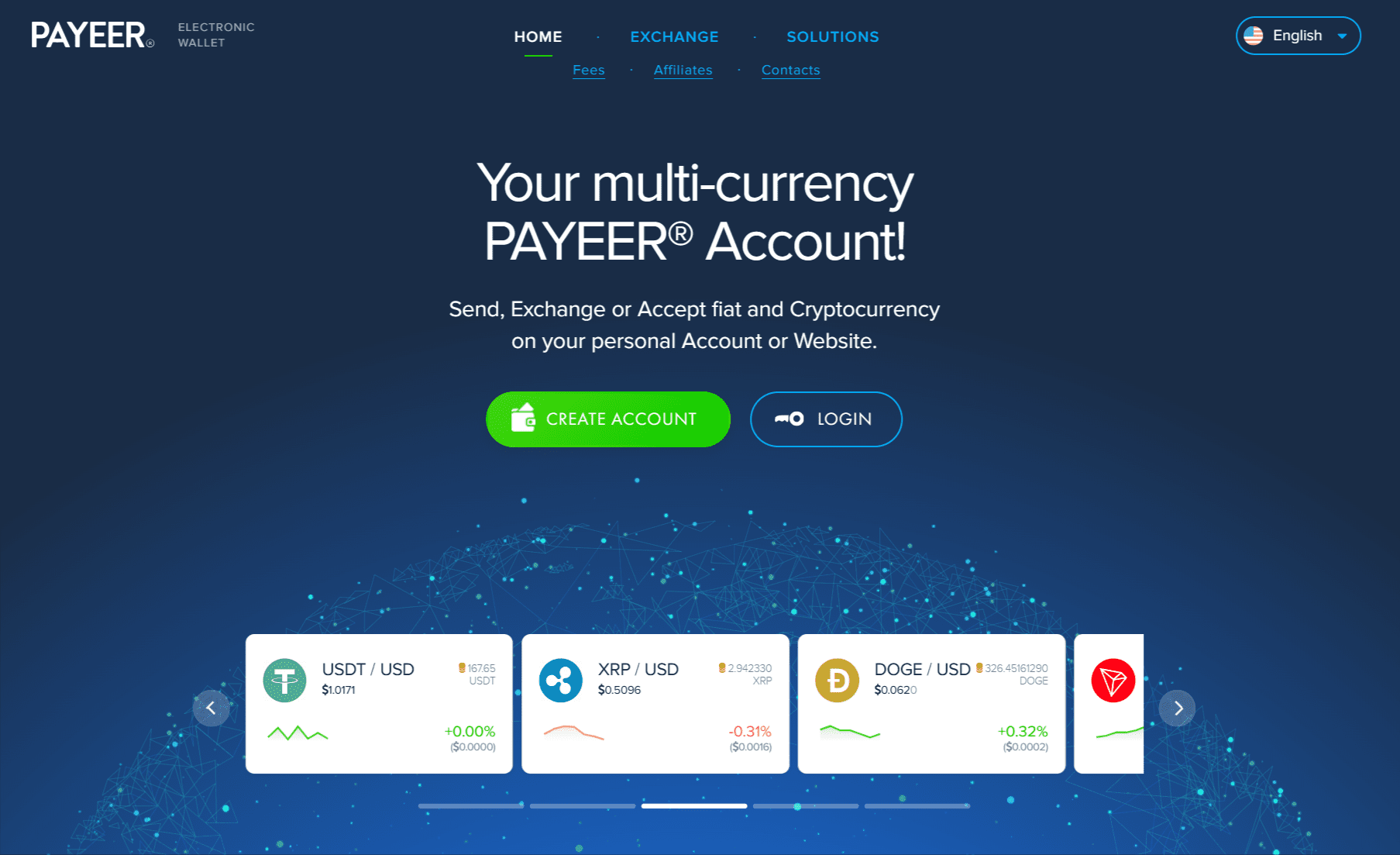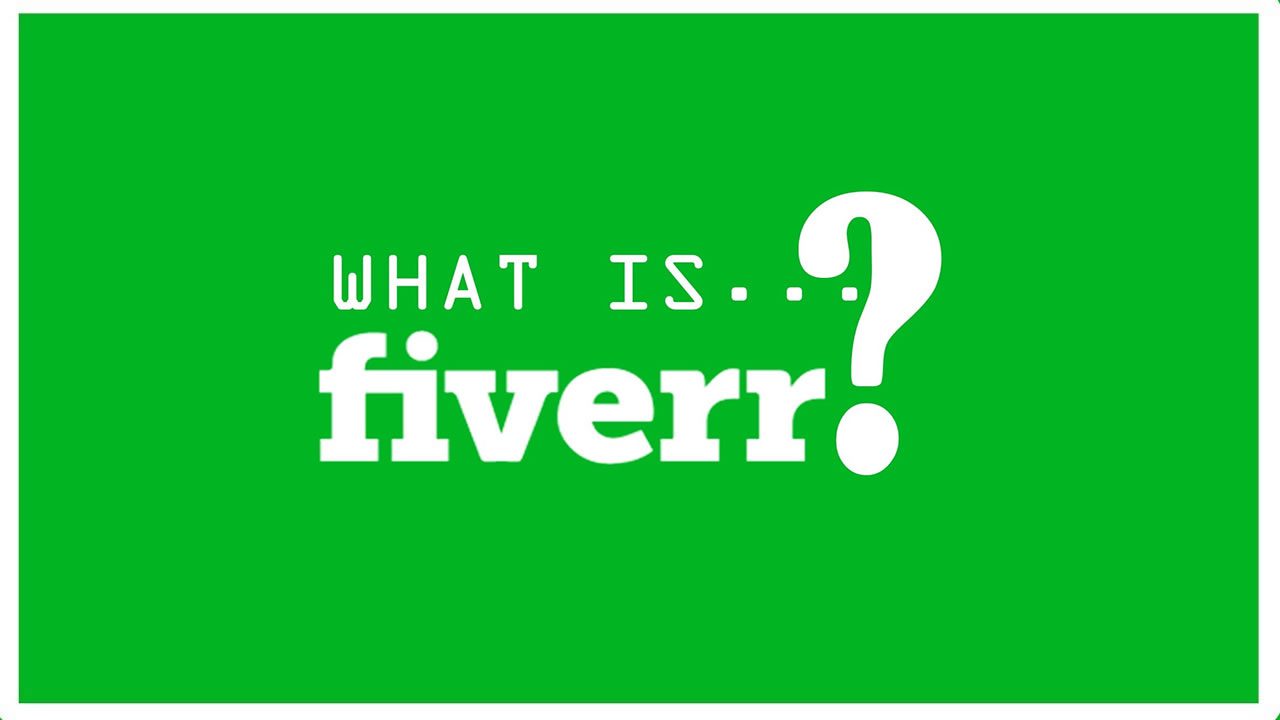Blockchain technology has gained immense popularity and recognition in recent years, revolutionizing various industries and transforming the way we perceive transactions and data management. At its core, blockchain is a decentralized and distributed ledger that securely records and verifies transactions across multiple computers or nodes. This article aims to provide a comprehensive understanding of blockchain, exploring its fundamental workings, components, benefits, potential applications, challenges, and future trends. By delving into the intricacies of this groundbreaking technology, we can grasp its immense potential to reshape industries and foster trust in the digital age.
Contents
1. Introduction to Blockchain
Definition. A blockchain is “a distributed database that maintains a continuously growing list of ordered records, called blocks.” These blocks “are linked using cryptography. Each block contains a cryptographic hash of the previous block, a timestamp, and transaction data.
1.1 What is Blockchain?
Blockchain. It sounds like something you’d find in the back of a jewelry store, but it’s actually a revolutionary technology that’s changing the way we think about digital information. At its core, blockchain is a decentralized and transparent system for recording and verifying transactions. Essentially, it’s a digital ledger that keeps a secure and unalterable record of every transaction made.
1.2 Brief History of Blockchain
Blockchain might seem like the latest buzzword, but its roots actually go back to 2008 when an anonymous person (or group) named Satoshi Nakamoto introduced the world to Bitcoin, the first cryptocurrency. Nakamoto’s ingenious creation was built on the foundation of blockchain technology, which allows for secure and transparent transactions without the need for a centralized authority.
Since then, blockchain has evolved beyond cryptocurrencies and found applications in various industries, from finance to supply chain management. Its potential is still being explored, but one thing is clear – blockchain has the potential to disrupt traditional systems and revolutionize the way we do business.
2. How does Blockchain Work?
2.1 Decentralized Network
Unlike traditional systems where a central authority controls the flow of information, blockchain relies on a decentralized network. This means that instead of having a single entity in control, transactions are verified and recorded by a network of computers, known as nodes. The decentralized nature of blockchain ensures transparency and eliminates the risk of a single point of failure.
2.2 Distributed Ledger
At the heart of blockchain is the distributed ledger, which is a record of all transactions ever made. This ledger is stored across multiple computers, making it nearly impossible to tamper with or alter. Each transaction is grouped together in a block and added to the chain, forming an immutable history of transactions that can be accessed by anyone in the network.
2.3 Consensus Mechanism
To maintain the integrity of the ledger, blockchain uses a consensus mechanism. This mechanism ensures that all participants in the network agree on the validity of transactions before they are added to the ledger. Depending on the blockchain implementation, consensus can be achieved through various methods, such as proof-of-work or proof-of-stake.
2.4 Cryptography in Blockchain
A key component of blockchain is cryptography, which ensures the security and privacy of transactions. Cryptographic algorithms are used to encrypt transaction data, making it nearly impossible for unauthorized parties to access or manipulate the information. This ensures that blockchain remains a secure and trusted system for conducting transactions.
3. Components of a Blockchain
3.1 Blocks
The building blocks of blockchain are the “blocks” themselves. Each block contains a list of verified transactions, along with a unique identifier called a hash. Blocks are linked together in chronological order, creating a chain of blocks, hence the name blockchain.
3.2 Transactions
Transactions are the fundamental units of blockchain. They represent the exchange of digital assets or information between participants in the network. Transactions are verified by the nodes in the network and added to the ledger as part of a block.
3.3 Nodes
Nodes are the computers that participate in the blockchain network. They validate and relay transactions, maintain a copy of the ledger, and contribute to the consensus mechanism. Nodes can be operated by individuals or organizations, and collectively they form the decentralized network that powers blockchain.
3.4 Smart Contracts
Smart contracts are self-executing contracts that are built on top of a blockchain. They contain pre-programmed rules and conditions that automatically execute when certain conditions are met. Smart contracts enable automated and trustless transactions, eliminating the need for intermediaries and reducing the potential for fraud.
4. Benefits and Potential Applications of Blockchain
4.1 Enhanced Security and Transparency
One of the key benefits of blockchain is its enhanced security and transparency. The decentralized nature of blockchain and its cryptographic algorithms make it extremely difficult for malicious actors to tamper with transactions. Additionally, the transparent nature of the ledger allows for improved accountability and trust, as every transaction can be traced and verified.
4.2 Streamlined Processes and Efficiency
Blockchain has the potential to streamline processes and improve efficiency in various industries. By eliminating the need for intermediaries and automating transactions through smart contracts, blockchain can reduce costs, minimize errors, and speed up processes. This can have significant implications for sectors such as supply chain management, where transparency and efficiency are crucial.
4.3 Supply Chain Management
Blockchain has the potential to revolutionize supply chain management by providing a transparent and traceable record of every transaction and movement of goods. This can help eliminate counterfeit products, reduce fraud, and improve logistics and inventory management. With blockchain, consumers can have greater confidence in the authenticity and origin of the products they purchase.
4.4 Financial Services
The financial services industry is one of the areas where blockchain is expected to have a significant impact. Blockchain can enable faster and more secure cross-border transactions, reduce the risk of fraud, and improve the efficiency of processes such as payment settlements and identity verification. By removing intermediaries, blockchain has the potential to make financial services more accessible and affordable for everyone.
So, whether you’re a tech enthusiast or just curious about the future of digital transactions, blockchain is a fascinating technology that’s worth exploring. Its decentralized nature, enhanced security, and potential for streamlining processes make it an exciting tool that could reshape industries and empower individuals in the digital age. Just remember, while blockchain might sound complex, at its core, it’s simply a transparent and secure way of recording and verifying transactions.
5. Challenges and Limitations of Blockchain
- Private keys. The blockchain network maintains its high level of security through private keys. …
- Possibility of disruption of network security. …
- High costs of implementation. …
- Inefficient mining process. …
- Environmental impacts. …
- Storage problems. …
- Anonymity. …
- Immutability.
5.1 Scalability Issues
Blockchain technology, as amazing as it is, certainly has its fair share of challenges. One of the biggest hurdles is scalability. You see, as more and more transactions are added to a blockchain, it becomes slower and less efficient. It’s like trying to squeeze a hundred people into a tiny elevator – things start to get cramped and sluggish.
5.2 Energy Consumption
Another limitation of blockchain is its appetite for energy. You might think that it runs on unicorn magic, but it actually requires a significant amount of computational power and electricity. Bitcoin, for example, has been criticized for its colossal carbon footprint. So, while blockchain is a fantastic technology, it’s not the most eco-friendly one out there.
5.3 Regulatory and Legal Challenges
As blockchain becomes more mainstream, it faces regulatory and legal hurdles. The decentralized nature of blockchain technology clashes with the centralized legal systems we have in place. Wrapping our heads around how to govern and enforce laws in this brave new world is no small task. It’s like trying to fit a square peg in a round hole – it just doesn’t quite fit.
6. Current and Future Trends in Blockchain Technology
6.1 Integration with Internet of Things (IoT)
One exciting trend in the world of blockchain is its integration with the Internet of Things (IoT). Imagine a future where your smart devices can securely communicate and transact with each other using blockchain. Your fridge could order groceries, your car could pay for parking, and your toaster… well, your toaster could finally fulfill its dream of becoming a socially responsible member of society.
6.2 Blockchain as a Service (BaaS)
Blockchain as a Service (BaaS) is another trend that’s gaining momentum. Companies are starting to offer blockchain platforms and infrastructure as a service, making it easier for businesses to adopt and implement blockchain solutions. It’s like having a personal blockchain genie that grants your wishes without the hassle of rubbing any lamps.
6.3 Interoperability between Blockchains
Last but not least, the concept of interoperability between blockchains is buzzing. Currently, different blockchains are like separate islands, but the future holds the promise of seamlessly connecting these islands. It’s like building bridges between these blockchain islands, allowing them to interact and share information. Who doesn’t love a good island-hopping adventure?
And there you have it, a glimpse into the challenges and trends of blockchain. While it may not be perfect, the potential of this technology is undeniable. So, grab your virtual pickaxe and get ready to explore the fascinating world of blockchain!
In conclusion, blockchain technology holds the promise of revolutionizing various sectors, from finance to supply chain management and beyond. Its decentralized nature, enhanced security, and transparency make it a transformative force in the digital era. While blockchain faces challenges such as scalability and regulatory hurdles, ongoing developments and innovations continue to push the boundaries of this technology. As we move forward, it is crucial to keep a pulse on the latest trends and advancements in blockchain, unlocking new possibilities and driving the adoption of this game-changing technology.
FAQ
1. How is blockchain different from traditional databases?
Unlike traditional databases that are typically centralized and controlled by a single entity, blockchain is decentralized, distributed, and maintained by multiple participants. This decentralized nature eliminates the need for intermediaries and provides enhanced security and transparency.
2. Is blockchain only applicable to cryptocurrencies like Bitcoin?
No, blockchain technology goes beyond cryptocurrencies. While it gained popularity with the emergence of Bitcoin, blockchain has the potential to revolutionize various industries. It can be leveraged for secure and transparent transactions, supply chain management, healthcare records, voting systems, and more.
3. What are the main challenges facing blockchain adoption?
Scalability is one of the key challenges for blockchain adoption, as the technology currently faces limitations in handling a high volume of transactions. Energy consumption associated with blockchain mining is another concern. Additionally, regulations and legal frameworks are still evolving, posing challenges for widespread adoption and implementation.
4. How can blockchain enhance security?
Blockchain enhances security through features such as immutability and cryptographic hashing. Once a transaction is recorded on the blockchain, it is nearly impossible to alter or manipulate. Additionally, the use of cryptographic algorithms ensures the integrity and authenticity of data, making it highly resistant to tampering and fraud.







